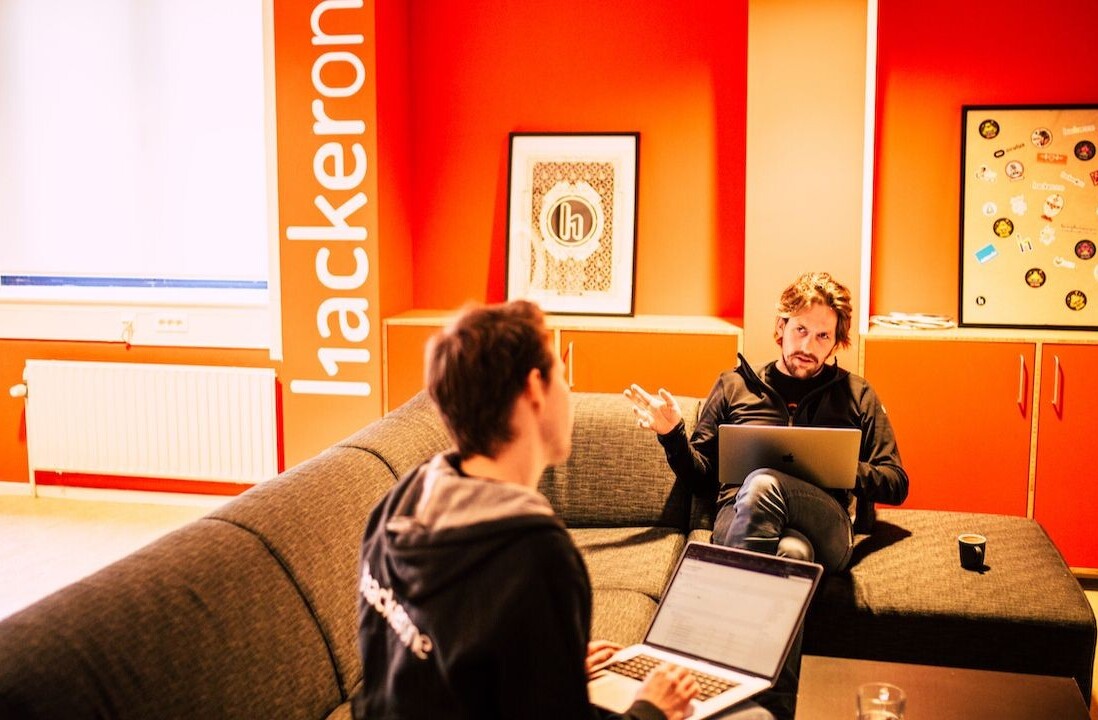
This post was originally published on Design Instruct.
There’s a myth about freelancing that’s dangerous. It’s prevalent among freelancers still new to the industry. It’s the myth that as a freelancer you have to take on any client who comes your way.
Taking on any client isn’t good.
Sure — in the short term — having more clients may equate to making more money. But, in the long run that spans a career, you’re going to cause yourself a world of pain.
You can avoid common freelancing issues — and earn more money — by being a picky freelancer.
Why being picky works
Mike McDerment, now the CEO of FreshBooks, reflected on his previous career as the owner of a small design agency. He talked about how he changed his pricing in a way that focuses on the value he provided his clients, instead of the hours he spent on their projects.
“I felt like I was on a treadmill, billing by the hour, and not earning as much as I thought I was worth.
So I rethought everything.”
He chose to be pickier with the projects his agency worked on.
The result? He earned significantly more: He only worked 19 days and generated over $200,000 in revenue.
Essentially, Mike positioned himself as being a more desirable designer when he limited who he worked with and which projects his agency took on.
He picked clients who saw the value of the services he provided. He positioned his design agency’s services as an investment his clients needed to make in order to grow their businesses.
Think about it: people who want to get their hands on an exclusive product or experience or service are willing to shell out money if they think it’s worth it.
How being picky should be done
Your first goal should be to take on clients in your area of expertise or interest. Depending on your current career circumstances, this might not be possible right away. But it should be the objective to shoot for.
For the most part, your initial client base and previous work experience should have helped you figure out which areas you like working in. Maybe you’ve realized that you love designing logos. Perhaps you like building mobile apps, but don’t enjoy creating e-commerce websites. Or maybe you love working with real estate brokers, or restaurant owners, or Internet startup founders.
Picking clients and projects in your area of interest will lead you to better and more inspired work. When you’re motivated because you love what you’re doing, you’ll be more effective and productive.
The more good work you produce in your area of interest, and the more people you work with inside your chosen specialty, the more likely you will be referred to and connected with other clients and projects in that area. This snowballs into even more projects that fall within your interests.
When being picky becomes bad
Before you start rejecting clients left and right, you will need to look at where your career is at. Are you a new freelance designer or have you been going at it for a while?
Be honest with yourself, because being picky only works when you have gotten somewhat of a foothold in the industry. Usually this means you already have a few great clients and projects under your belt. If you don’t have enough good, meaningful experience yet, getting it should be your top priority.
When you’re just starting out, it’s job suicide to turn away too many clients. But you should still have a certain level of pickiness. You should focus on getting high-quality projects that will help you learn and experience as much as possible. And, most importantly, you should be compensated fairly — if you don’t value the services you provide, no one else will.
Only you will know when it’s best for you to start upping your level of pickiness — the takeaway point I’d like to make is that you need to be more selective of the projects you take on.
What being picky means for you in the end
Myths tend to exist for bad reasons, like scaring you into a lackluster, “typical” lifestyle or making you needlessly worry about the success of your business if you dare to do something different.
The take all the clients you can for your own good myth is one of these myths that needs to be laid to rest.
Sure, taking on lots of clients has its benefits in the short term. But being picky is much better for the long haul.
Ultimately, when you become picky, you get to work on things that you love doing. You can focus on the clients and projects that matter to you the most. This is a great thing for you and for the select few people you work with — the people who will pay you what you’re worth.
Image credit: racorn/Shutterstock
Get the TNW newsletter
Get the most important tech news in your inbox each week.





